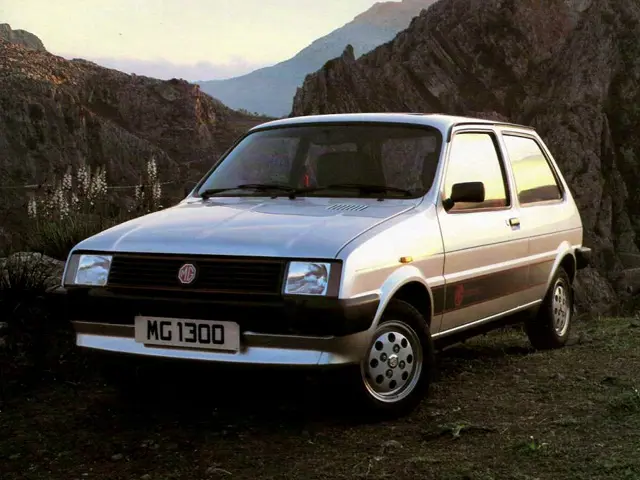WHY THE MG METRO 1300 MATTERS
08 June 2023
The centenary of MG is the opportunity to pay homage to so many of their cars, including a model that was rather overlooked for too long. The MG Metro was neither designed nor built in the Abingdon factory but its debut in May 1982 marked the revival of one of the world’s most famous marques. It is no understatement to suggest MG’s revival depended on the success of a small three-door hatchback.
To appreciate the impact of those first MG Metro 1300s, we need to return to 1 of September 1979, when Abingdon celebrated its 50th birthday with nine days of events, including a carnival and a display by the Red Arrows. MG devotees proudly noted how the plant still exported two-thirds of its output and that MGB’s popularity in the States impacted on the Triumph TR7 sales.

But on 10 September, with a quite remarkable lack of timing, British Leyland announced the works’ impending closure by 1980. Management at Longbridge claimed Abingdon was losing approximately £1,000 per unit, how the currency crisis impacted on US sales and that the B could not comply with California’s exhaust emissions requirements, without significant investment.
The owners’ clubs embarked on a “Save Abingdon” campaign, and a consortium led by Alan Curtis, the then chairman of Aston Martin, planned B’s replacement. But these schemes came to nothing and the final MGB LE ‘Limited Edition’ left the factory on the 23 October 1980. It seemed that MG had gone the way of Riley, Wolseley, Austin-Healey and too many other marques.
However, British Leyland’s intentions to “retain” the brand were genuine, as were their claims they were at work on a version of “all-British model that was in an advanced stage of development for launch in about two years”. In fact, plans for an octagon-badged Metro commenced before the end of 1980. Harold Musgrove, the chairman of the Austin-Rover division, later reflected: “We never gave a thought to using the Cooper name. Why pay John Cooper royalties when we had MG to use? In hindsight, a Cooper S might have made more sense, but Austin Rover was weak on marketing, and I had no marketing experience.”
Power for the MG Metro 1300 was from the 1,275cc ‘A-Plus’ engine fitted with a modified camshaft and a higher compression ratio, resulting in a top speed of just over 100mph. The price was £4,799, giving the owner a Metro with a rear spoiler, a push-button radio and a genuinely distinctive cabin. Not only did the new MG feature a red-stitched leather steering wheel, but there were also black seats with herringbone cloth centre panels and red piping, red carpets and red seat belts. In a case of slight overkill, the latest Metro sported the famous logo no fewer than 13 times.
In December 1981 BL invited officials from the two clubs to inspect the prototypes. Roche Bentley, the secretary and founder of the MG Owners’ Club stated: “I am delighted that the MG marque lives on in such a worthy car”. Similarly, Bill Wallis of the MG Car Club regarded the Metro as “a worthy successor to what has come before” and both gentlemen placed orders before the public launch.
The motoring press echoed such praise, with The Guardian believing “BL might even be guilty of underestimating the demand for the MG”. Car preferred it to the Ford Fiesta XR2, which must have made Mr. Musgrove a very happy man, also stating the Metro was “no poseur” but “a badge-engineered quickie as most MGs of the past were”. The term “badge engineering”, with memories of the ADO16 sold under six different marques was one BL was understandably keen to avoid. But The Telegraph approvingly noted how Leyland had not fitted a “traditional chrome-plated MG grille on the front of the Metro”.
And that decision was arguably crucial for all-subsequent Octagon badged models. Musgrove observed “the success of the MG Metro caught everyone by surprise, and it was felt that an MG Maestro and Montego were needed as well”. A grille that harked back to Abingdon’s heyday would have made the new model seem a pastiche of a previous era. Instead, the Metro paid homage to the marque’s past but appeared utterly contemporary, paving the way for a new generation of MGs, including open-topped sports cars.
To quote Sue Baker in The Observer, the Metro had “the coordinated feel of a car designed for, and love of, the MG name”. Besides, who could resist a car with red seat belts?
